Leveraging Lucid for dynamic formative assessment in Higher Education
Reading time: about 4 min
Topics:
In the fast-paced environment of higher education, understanding student comprehension in real-time is crucial for effective teaching. Lucid's visual collaboration tools offer professors innovative ways to conduct formative assessments, moving beyond traditional methods to engage students and gather actionable insights. This article explores how Lucid can be used to create interactive activities that gauge student understanding throughout the learning process, using drag-and-drop exercises and data-driven feedback.
Real-time pulse checks for adaptive instruction

Higher education courses often involve complex concepts that require immediate feedback. Lucid's pulse checks provide a rapid method for professors to gauge student understanding during lectures or discussions. By using visual prompts or quick drag-and-drop questions, instructors can adapt their teaching strategies on the fly. This ensures that all students grasp key concepts before moving forward, fostering a more responsive and effective learning environment.
- During a lecture on economic models, use a Lucid board to ask students to drag key terms to their corresponding definitions. Analyze the results in real-time to identify areas of confusion and adjust the lecture accordingly.
How are you feeling today template
Deepening understanding through student reflections
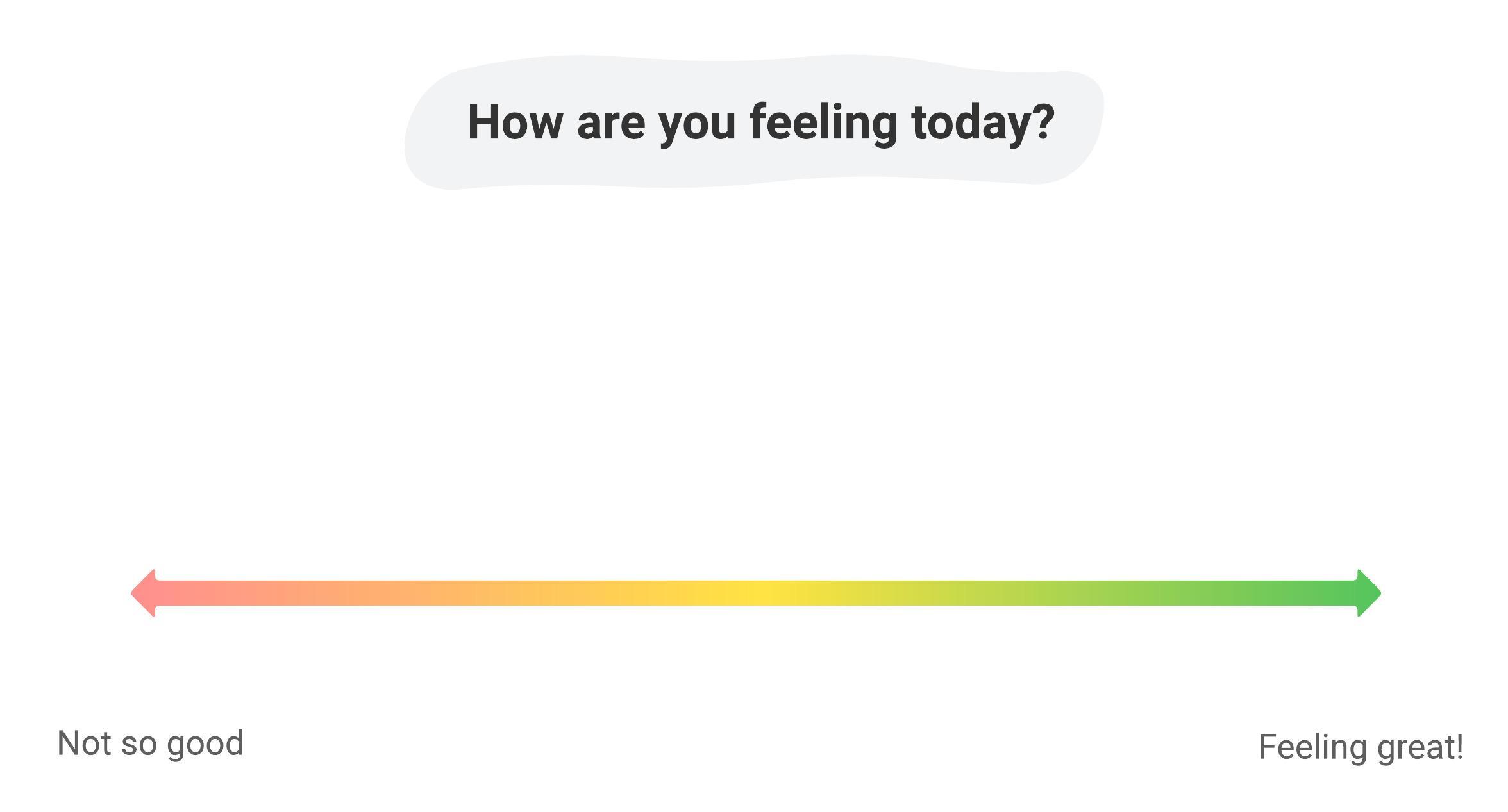
Encouraging students to reflect on their learning enhances metacognition and reinforces course material. Lucid's collaborative spaces allow students to visually map their understanding of learning objectives or specific tasks. This provides professors with valuable insights into student thought processes and areas needing further clarification.
- After a lab session, have students create a Lucid board reflecting on the experimental process, identifying challenges and insights. Use their reflections to guide subsequent discussions and lab activities.
How confident do you feel about what you learned template
Visual matching for conceptual connections
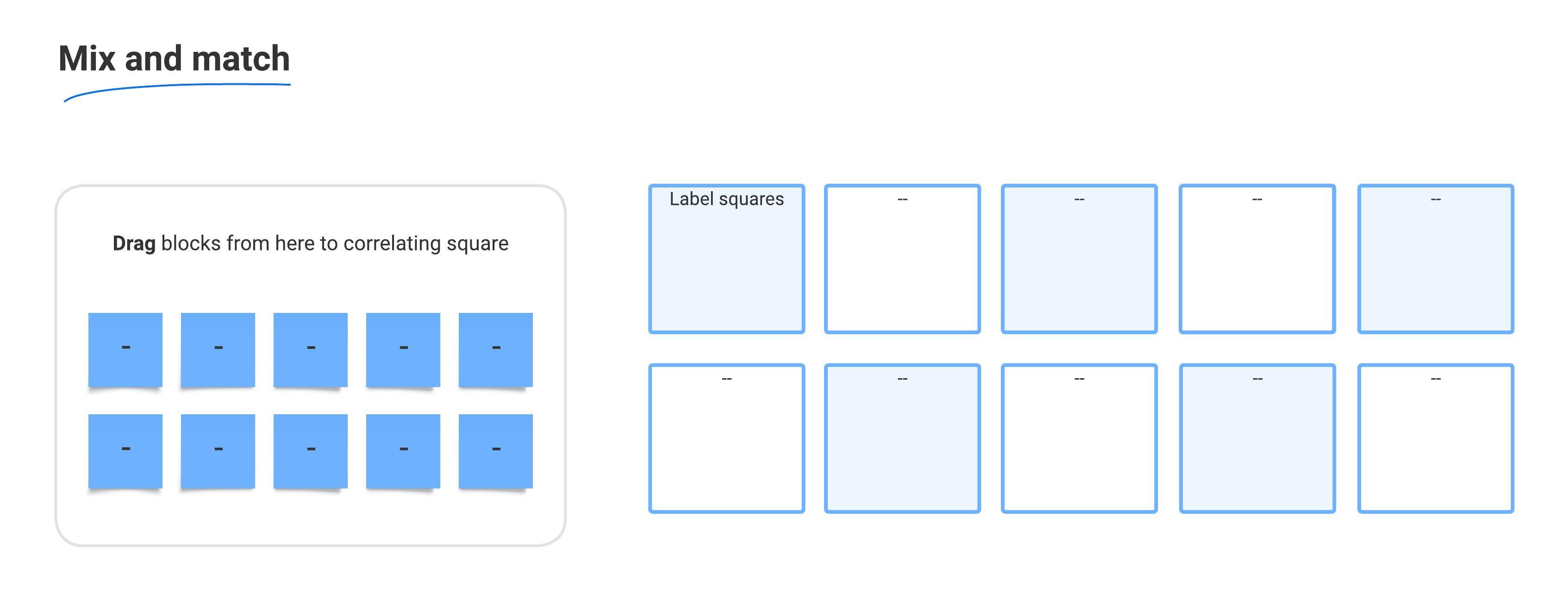
Higher education often involves intricate connections between concepts. Lucid's matching activities allow students to visually demonstrate their understanding of these relationships. This promotes deeper learning by requiring students to actively link ideas, theories, or historical events.
- In a history course, create a Lucid activity where students match historical figures with their significant contributions. This visual representation helps students understand the interconnectedness of historical events.
Drag and drop diagrams for process comprehension
Visualizing complex processes, timelines, and content is essential in many higher education disciplines. Lucid's drag-and-drop diagrams provide a dynamic way for students to demonstrate their understanding of these elements. This method is particularly effective for subjects like engineering, biology, or project management.
- In a project management course, students can use Lucid to create a drag-and-drop timeline of project phases, demonstrating their understanding of the project lifecycle.
Sorting and categorization for analytical skills
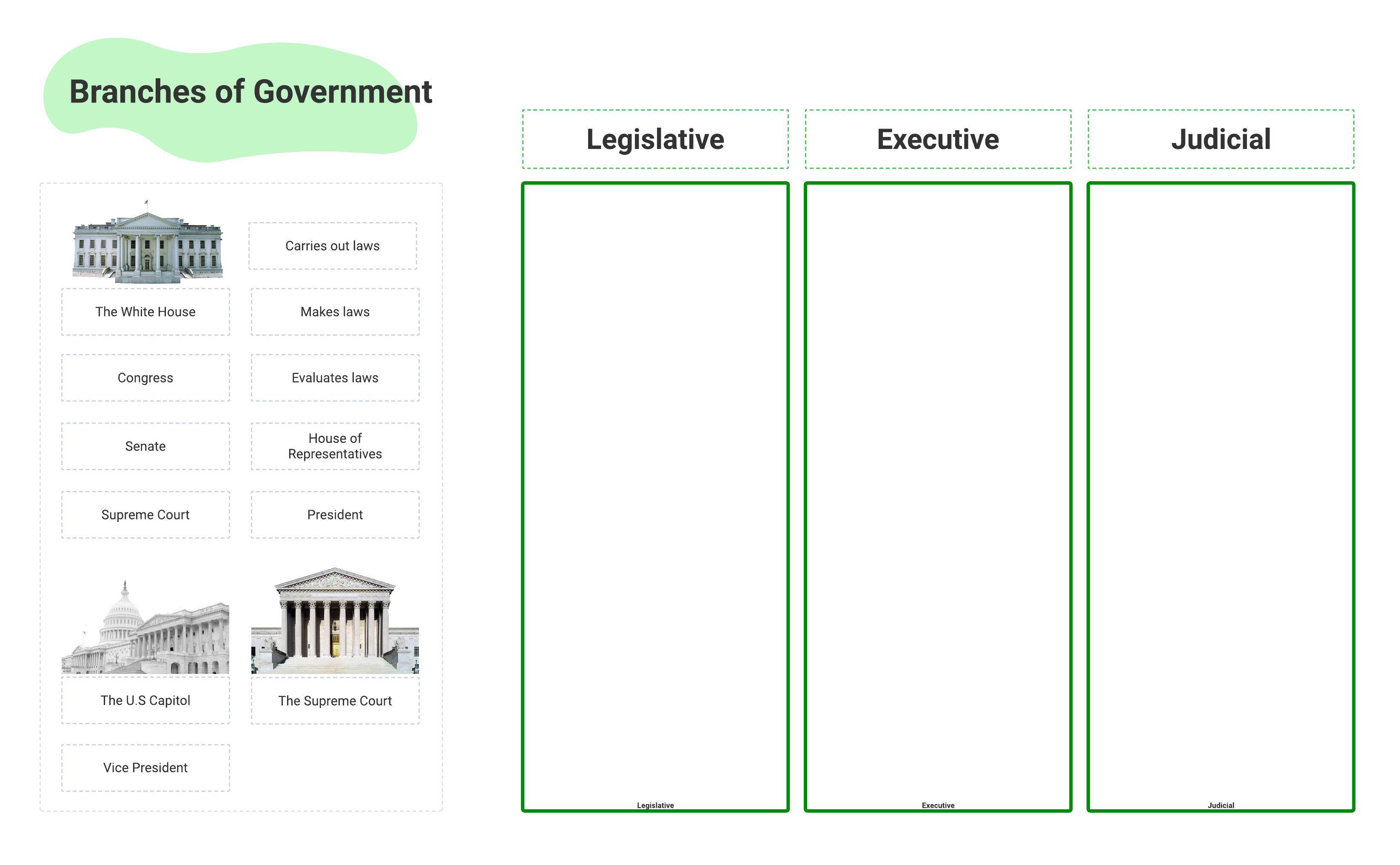
Developing analytical and classification skills is vital for higher education students. Lucid's sorting and categorization activities allow professors to assess students' ability to apply knowledge to real-world scenarios. This method encourages critical thinking and problem-solving.
- In a sociology course, have students categorize case studies based on different theoretical frameworks, fostering their ability to apply theoretical concepts.
Branches of government template
Exit tickets for lesson effectiveness
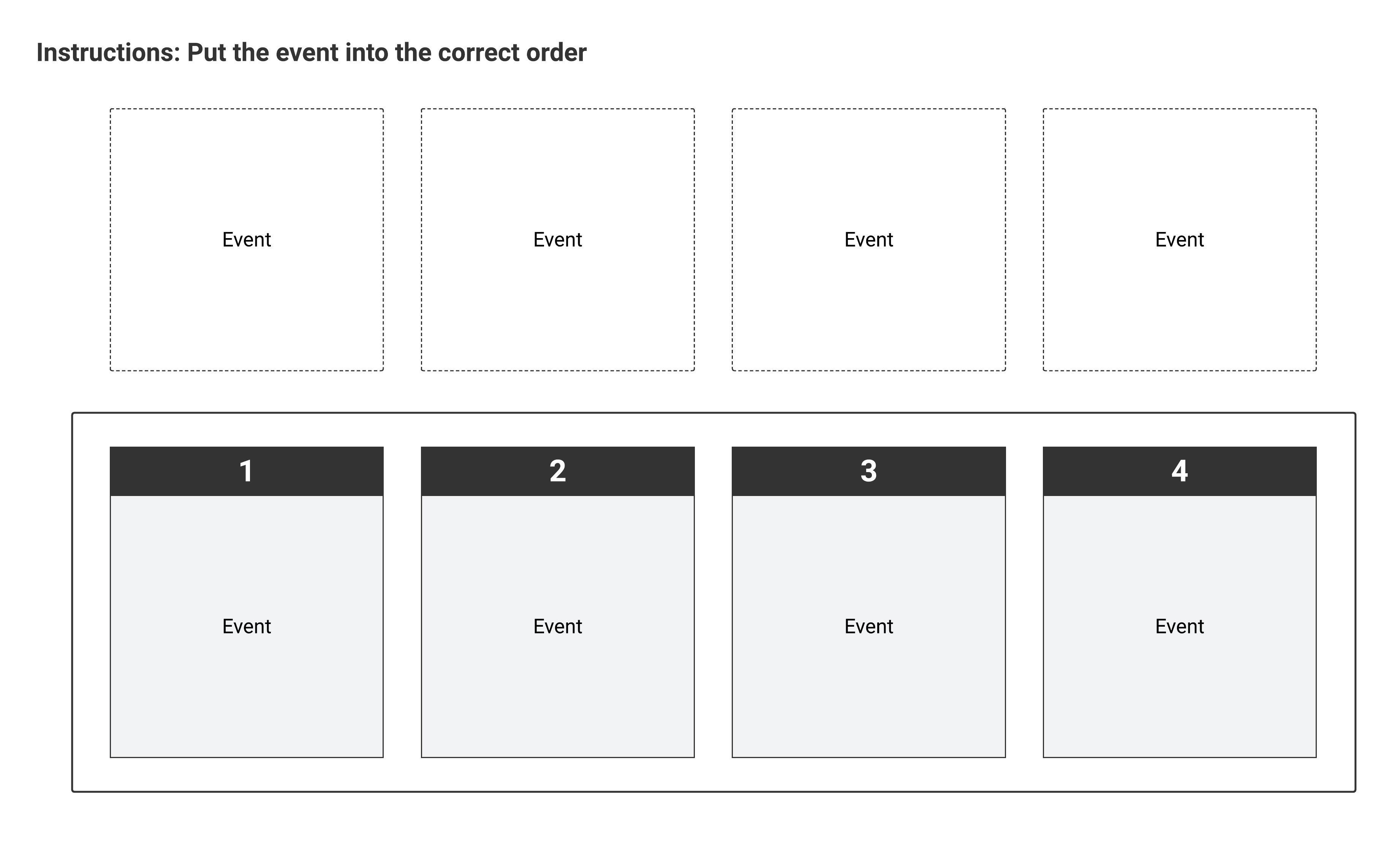
Exit tickets provide a quick and efficient way to gauge the effectiveness of a lesson and inform future instruction. Lucid's digital format allows for easy collection and analysis of student feedback, enabling professors to adjust their teaching strategies accordingly.
- Use a Lucid board with a simple question related to the day's lecture, asking students to drag a sticky note with their answer to a specific category. This provides immediate feedback on student comprehension.
Analyzing student performance:
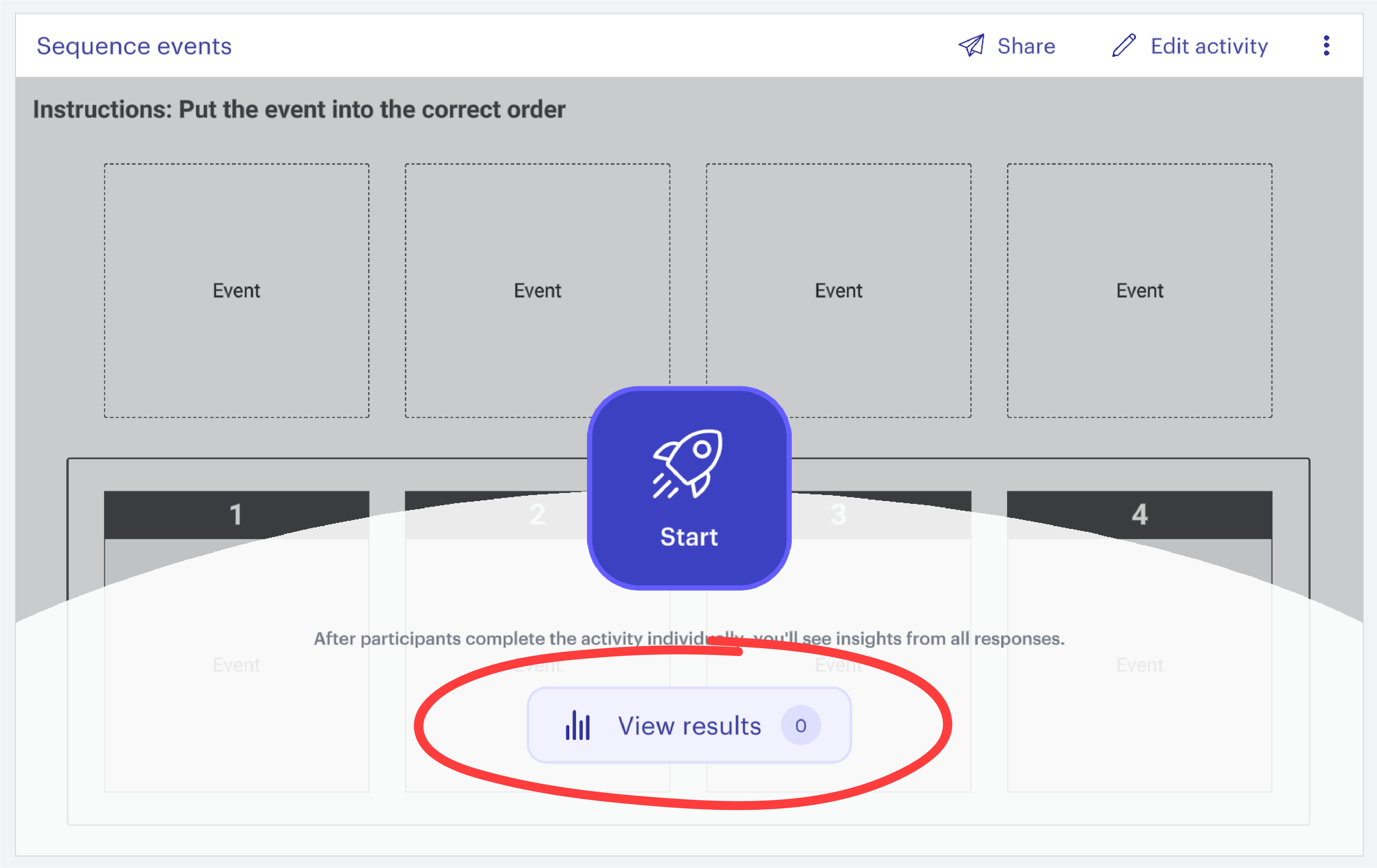
Lucid's "View results" feature allows professors to analyze student performance data quickly. This data can inform future lesson planning, identify areas where students struggle, and personalize instruction to meet individual needs.
By incorporating Lucid's visual collaboration tools into their formative assessment strategies, higher education professors can create dynamic and engaging learning experiences. This approach not only enhances student understanding, but also provides valuable data for continuous improvement of teaching practices.
About Lucid
Lucid Software is the leader in visual collaboration and work acceleration, helping teams see and build the future by turning ideas into reality. Its products include the Lucid Visual Collaboration Suite (Lucidchart and Lucidspark) and airfocus. The Lucid Visual Collaboration Suite, combined with powerful accelerators for business agility, cloud, and process transformation, empowers organizations to streamline work, foster alignment, and drive business transformation at scale. airfocus, an AI-powered product management and roadmapping platform, extends these capabilities by helping teams prioritize work, define product strategy, and align execution with business goals. The most used work acceleration platform by the Fortune 500, Lucid's solutions are trusted by more than 100 million users across enterprises worldwide, including Google, GE, and NBC Universal. Lucid partners with leaders such as Google, Atlassian, and Microsoft, and has received numerous awards for its products, growth, and workplace culture.